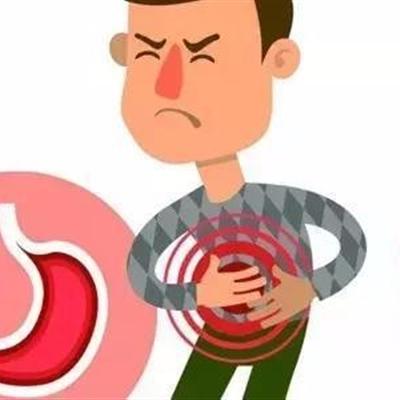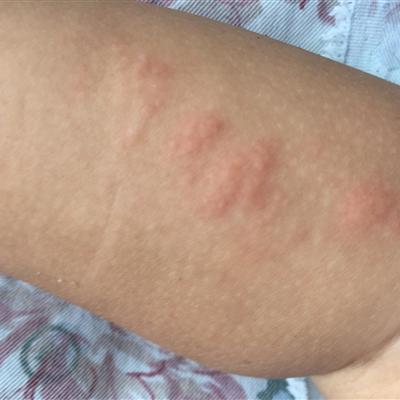Initial symptoms of carotid embolism?
summary
The common carotid artery is the main artery trunk of the head and neck, and its branches at the upper edge of thyroid cartilage are internal carotid artery and external carotid artery. The incidence rate of traumatic embolism is higher than that of internal carotid artery. Because the internal carotid artery mainly supplies blood to the brain and the optic organ, the result of embolization is serious. Internal carotid artery embolism may occur in the cervical segment, petrous bone segment, cavernous sinus segment or supraclinoid segment. According to the analysis of 70 cases, 85% occurred in the cervical segment and 10% in the petrous segment. Internal carotid artery embolism often occurs after neck contusion, patients may have transient ischemic attack, followed by neurological symptoms, which is the characteristic of internal carotid artery embolism. Relieving vasospasm and anticoagulant therapy can control the development of thrombosis. Internal carotid artery embolectomy was performed when necessary.
Initial symptoms of carotid embolism?
1. Hematoma in the neck. After carotid artery contusion, hematoma may form in the superior triangle and anterior triangle of the neck. 2. Horner's syndrome often occurs before other nervous system diseases, which is caused by the injury of the superior cervical sympathetic chain and the first cervical ganglion adjacent to the internal carotid artery. 3. The mechanism of transient ischemic attack is the same as that of cerebral ischemic attack caused by carotid atherosclerotic stenosis and thrombosis.

4. There is an intermediate period of wakefulness. There is an interval of wakefulness from injury to severe neurological symptoms. This is a characteristic of carotid artery contusion. After vascular contusion, there is a process from thrombosis to complete occlusion of the arterial lumen, and the occurrence of nervous system lesions, the time varies from several hours to two weeks, with an average of 24 hours.

5. Limb paralysis or hemiplegia, cerebral ischemia and softening due to vasospasm or thrombosis, often appear monoplegia or hemiplegia, but the patient's mind is clear. 6. The pulse of facial artery or superficial temporal artery disappears. If the common carotid artery or external carotid artery has been embolized, the pulse of facial artery or superficial temporal artery disappears by palpation.

matters needing attention
Diet should be light, ginger, onion, soybean, garlic, milk, sea fish, tangerine, tea, eggplant, oatmeal, fungus, sweet potato and other food. Early detection and early diagnosis is the key to the prevention and treatment of this disease.











